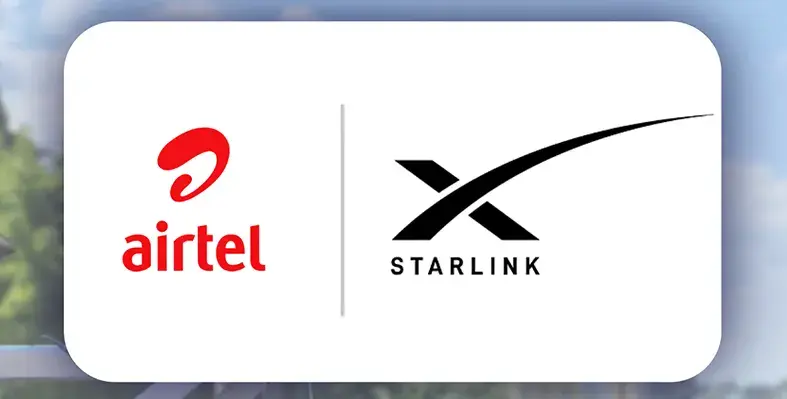The challenge of providing coverage at cost -affordable prices, cutting down on installation time reducing the problem of churn, and introducing new technologies, has led the mobile industry to introduce cost-effective innovative products.
p>The challenge of providing coverage at cost -affordable prices, cutting down on installation time reducing the problem of churn, and introducing new technologies, has led the mobile industry to introduce cost-effective innovative products.
There is also the issue of Low Power Consumption. As Eric explains: “This is an Opex decrease concern for all operators given erosion of their margins. However, it is even more important in geographies such as Africa as low power consumption at cell sites means that fully renewable energy based power generation (wind turbines and solar panels) will be more viable economically. Sites which consume more because of their less efficient architecture would require larger wind turbines, larger battery back-ups, larger solar panels; making the renewable energy solution less viable.” To continue offering premium services to their customers while dealing with the challenges of exploding mobile broadband requirements mobile operators worldwide, are constantly upgrading their networks using the latest available technologies.
These activities include upgrading or replacing old-style macro base stations with the latest distributed base station architecture where all radio related functions are included in a comparatively small and light casing which can be installed next to the antenna at the top of the tower. Installation of these Remote Radio Heads (RHH) at the tower top bring operators the great benefit of drastically reducing power consumption.
“Obtaining approval for extending telecommunications networks is becoming increasingly difficult as people are often sensitive to the idea of new antenna sites,” says Eric. As a result, using and optimising existing sites is the first natural approach. Existing sites, however, are typically already crowded and overloaded with equipment. Dismantling cell sites is time consuming and in many cases not acceptable as operators cannot generate enough revenue from a site that is off-air. For this reason RFS introduced an innovative DC-Connector unit, DC-FIT, that enables mobile operators worldwide to dramatically reduce their roll-out time and operational expenses when they upgrade their existing wireless sites to RHH technology. When making use of existing coaxial feeder lines, rollout planning is simplified and site preparation time can be reduced by 30 to 50 per cent.
“This innovative concept was developed by RFS at the request of a leading international mobile operator who selected RFS as its trusted partner to design a solution that enables reuse of existing foam dielectric cables as the RHH power supply,” says Eric. “The strong collaboration between RFS, the operator and a leading international wireless infrastructure integrator, who acted as turnkey contractor to the operator, was fundamental in making this project a success,” says Eric.
Cost effective ways to keep customers
As capacity becomes an increasingly important issue in wireless broadband macro networks, operators look for ways of off-loading traffic. Deploying cost effective indoor coverage systems therefore become an important challenge. To this end RFS introduced the ClearFill solution, the only full ip, digital RF-over Ethernet wireless in-building cellular coverage solution. This solution which allows reduction of 30 to 40 percent of the total cost of ownership, has been tried in north America, Europe and Asia, with trials in India, Latin America and Vodacom in South Africa. “With this innovative and cost effective approach to in-building cellular coverage, operators can increase total capacity by up to 25 percent while reducing customer churn. As it uses Cat5 standard LAN cabling and Gigabit switches rather than the expensive RF feeder cabling, Clearfill Star reduces the total cost of ownership,” says Eric. “The solution is an open transport channel as it supports the maximum data throughput delivered by the operator’s network. It is never a bottleneck that could negatively affect the operator’s strategy for indoor wireless coverage.”
“As far as backhauling in rural areas is concerned microwave is often the only feasible and economically viable backhaul option as opposed to fiber (see RFS microwave diagram) as in certain developing and emerging markets, fiber availability is low, “ says Eric. Wireless microwave solutions offer a versatile backhaul option for both short and long-haul deployments. At distances over several hundred meters, it offers much better cost-per-bit ratio than fiber, without compromising on availability and reliability.
To fulfill the demands in the more mature markets to deploy LTE (Long Term Evolution) and reband without touching their site, RFS has introduced Ultra-Broadband Antennas. This eliminates operators’ need to replace or add antennas as they trial and deploy LTE services at different frequencies. The antennas also bring flexibility and freedom of choice to operators with 2G, 3G, PCS, AWS, GSM1800 and mobile TV networks. “The time, costs and risks associated with antenna site evolution are key challenges for all operators. Replacing or adding antennas to accommodate different technologies or frequencies delays time-to-market, is expensive and can lead to difficult negotiations,” says Eric.
He adds, “As we looked ahead, we could see that operators need the flexibility to continuously advance their roll-outs and deal with the uncertainties around LTE spectrum availability while controlling costs. They should not be forced to replace or add antennas to take advantage of different frequencies or technologies. It doesn’t make financial or business sense. With our variable tilt, Ultra-band Antennas, operators can invest once then effectively forget about antenna replacement issues and focus on evolving their business. They are ready for anything.” The antennas are available in dual polarisation or side-by-side quad polarisation versions. The Ultra-Broadband Antennas include all the RFS premium performance features such as quick and easy adjustments and optional remote tilt, along with a low-profile design to minimise visual impact. The RFS side-by-side version gives operators increased flexibility to support multiple technologies, seamlessly add capacity and benefit from additional capabilities.
“We have also tested our side-by-side Ultra-Broadband Antennas with a base station. This has allowed us to optimise spacing between the two antennas to ensure the highest performance levels for MIMO, beam forming and 4-Way Rx Diversity. As part of the base station testing, we were also able to simulate the end-to-end-system,” says Eric. “RFS is really unique in its ability to test its antennas with a base station. This is an important advantage for operators because they can be fully confident that the side-by-side antennas are already optimised for the highest performance levels with any LTE base station.”
“As our customers face the challenges and uncertainties of the rapidly evolving wireless world, our goal is to always provide solutions that give them the flexibility and scalability to meet tomorrow’s needs,” he adds.
Sara Frewen






















